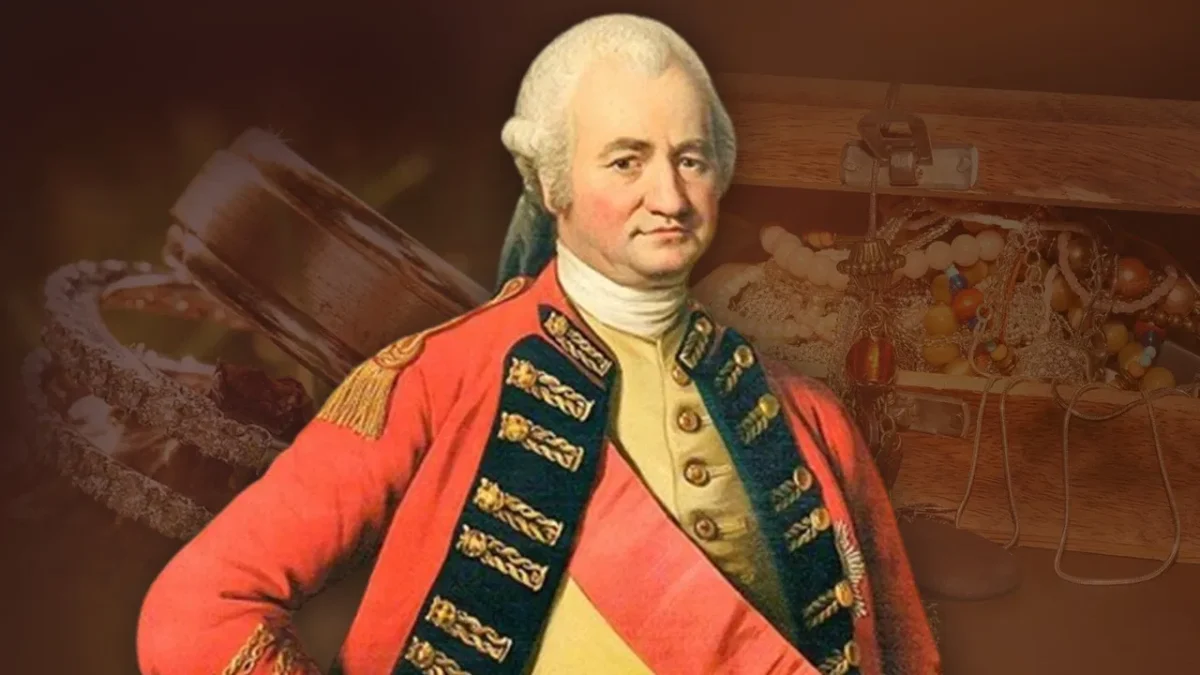
There was a political breakdown in Pakistan between 1969-1971. Eventually, this led to the overthrow of Ayub Khan and the fateful election of December 1970, which resulted in a sweeping victory of Sheikh Mujibur Rehman’s Awami League.
On 25 March 1971, Yahya Khan ordered a military crackdown on East Pakistan. Mujibur Rehaman was arrested and taken to an unknown destination in West Pakistan. The Awami League leaders escaped to Calcutta and formed a Govt of Bangladesh in exile.
Table of Contents
ToggleFrom the point of view of the Indian approach to the crisis, Mr. Srinath Raghavan’s book ” A Global History of the Creation of Bangladesh ” busted three myths regarding Bangladesh independence.
The first myth was that Prime Minister Indira Gandhi wanted to intervene in the Bangladesh crisis early, but was dissuaded by Field Marshal Sam Manekshaw who said that he wanted more time to get the army ready.
Raghavan says that it was really K Subrahmanyam, then the influential director of the Institute for Defence Studies and Analysis, who argued for early intervention and not Indira Gandhi.
The second myth was that Indira Gandhi intervened in the Bangladesh crisis quite late because of the anticipated Chinese military support to Pakistan.
Raghavan busts yet another myth when he shows that the Chinese were not inclined to intervene in the crisis anyway. A major reason for this was that the power struggle that was being played out through most of 1970 that resulted in flight and death of Mao’s heir apparent Lin Biao in September 1971, leading to major purge within the People’s Liberation Army ( PLA ).
The third myth was that the cold war equation led to the Soviet alliance with India. However, as Raghavan shows, the Indo – Soviet Treaty of Peace, Friendship, and Cooperation did not have an easy birth. It was initially proposed by the Russians in 1969 in a bid to shore up their position vis a vis the Chineses. India had expressed interest because it wanted to prevent a Soviet entente with Pakistan.


